‘LEICA OSKAR BARNACK AWARD’: THE TWELVE FINALISTS HAVE BEEN CHOSEN
The twelve finalists of this year’s Leica Oskar Barnack Award (LOBA) have been chosen. The complete portfolios from the categories ‘Leica Oskar Barnack Award’ and ‘Leica Oskar Barnack Award Newcomer’ can now be viewed at www.leica-oskar-barnack-award.com.
Around 2,500 photographers from a total of 110 different countries submitted entries to the LOBA competition in 2018. A brief overview of the twelve finalists:
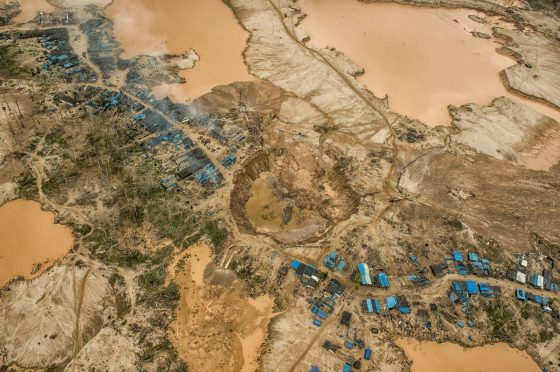
Ernesto Benavides, Peru: ‘Dredges’
Every year, several hectares of forests are lost to illegal gold mining in Peru. Ernesto Benavides’ portfolio of aerial photographs titled ‘Dredges’ impressively illustrates this ruthless exploitation of natural resources. In addition to his independent projects, Benavides also works for Agence France-Presse, and his work is frequently published in the international press. He has also been teaching photography at the University of Lima since 2010.

Vanja Bucan, Slovenia: ‘Sequences of Truth and Deception’
In her portfolio titled ‘Sequences of Truth and Deception’, Vanja Bucan concerns herself with the ambivalent relationship between humanity and the world of nature that, as she says, is characterised by dominance, exploitation and idealisation. In her portraits and still lifes, Bucan attempts to create a multi-layered and deconstructed vision of nature. Vanja Bucan was born in Nova Gorica, Slovenia in 1973. She currently lives and works in Berlin.
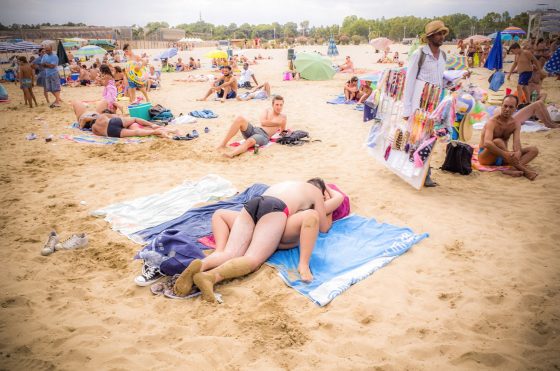
Turi (Salvatore) Calafato, Italy: ‘Amuninni ’u mari (Let’s go to the sea)’
In summer, the Sicilians live their lives on the beach. With the pictures of ‘Amuninni ’u mari (Let’s go to the sea)’, Turi Calafato documents the hustle and bustle on the beach and observes people in their everyday activities. Turi (Salvatore) Calafato, born in 1979, lives and works as a freelance photographer in Italy.
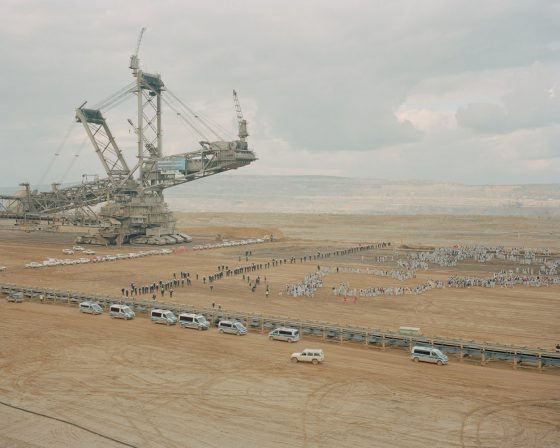
Daniel Chatard, Germany: ‘Niemandsland’ (No man’s land)
The portfolio titled ‘Niemandsland’, by Daniel Chatard, documents the strained and strife-ridden situation that exists between the industry and environmental activists in the Rhenish lignite mining region. Daniel Chatard was born in Heidelberg in 1996 and, after passing his university entrance exams, began studying photojournalism and documentary photography. His work to date has already been honoured with awards such as the German Youth Photographic Prize and the sponsorship award of the Professional Association of Freelance Photographers and Film Creators (BFF).
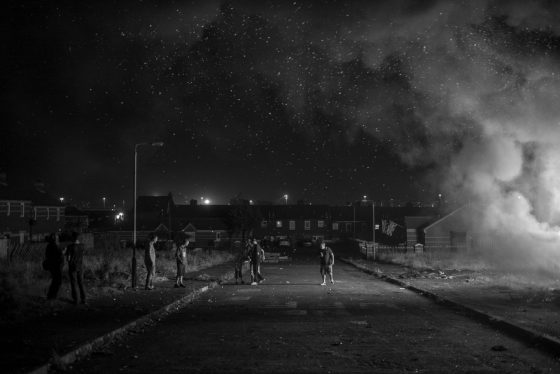
Stephen Dock, France: ‘Architecture of Violence’
The fear of peace and the reverberations of war in a particular country – that is what fascinated Stephen Dock about Ireland, and inspired him to take on his project ‘Architecture of Violence’. Stephen Dock studied photography in Lyon and works as a photojournalist for French magazines. He is interested in dysfunctional societies and photographs conflict zones such as the West Bank, Syria or Mali.
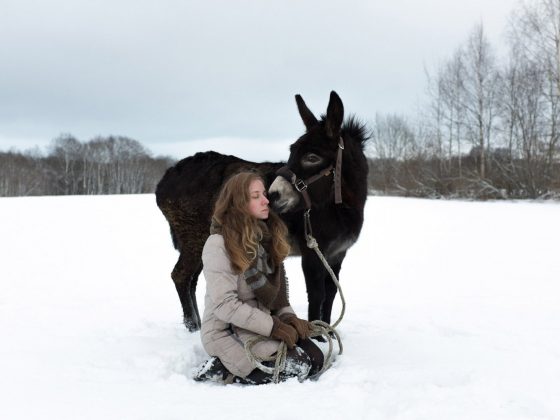
Mary Gelman, Russia: ‘Svetlana’
In extremely personal projects like ‘Svetlana’, Mary Gelman specialises in topics such as gender-identity, sexuality, violence and discrimination. Mary Gelman was born in St Petersburg in 1994, where she attended the DocDocDoc photo school. Her work has appeared not only in various Russian media such as Sobaka.ru and lenta.ru, but also in international publications like the Washington Post and Buzzfeed. In 2017, she took first place in the portrait category of the Istanbul Photo Awards.
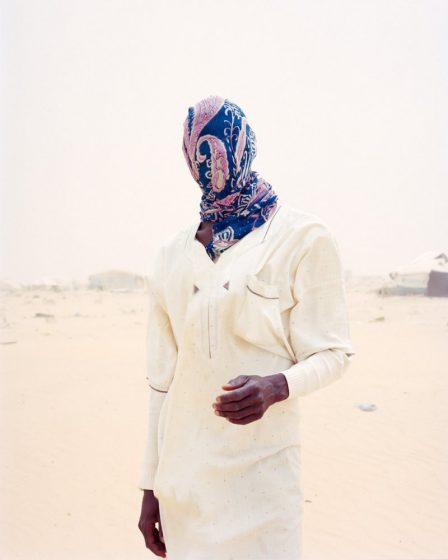
Samuel Gratacap, France: ‘Presence’
The works of Samuel Gratacap move freely in a dimension between photojournalism and visual art. Gratacap has been documenting the lives of refugees and migrants crossing the Mediterranean since 2007. His portfolio, ‘Presence’, is the first time he has combined pictures from both sides of the Mediterranean. The pictures it contains were shot in Italy, Tunisia and Libya. Samuel Gratacap, born in 1982, studied art at the École Supérieure des Beaux-Arts in Marseilles.

Stéphane Lavoué, France: ‘On the Edge of the World’
In ‘On the Edge of the World’, Lavoué tells the story of fishing through the eyes of those who stay on land – the women of the canneries and the labourers who make the tons of ice for keeping the catch fresh. Stéphane Lavoué was born in 1976 and first studied for a degree in engineering. He was one of the finalists of the Leica Oskar Barnack Award in 2016 and winner of the Prix Niépce in 2018.
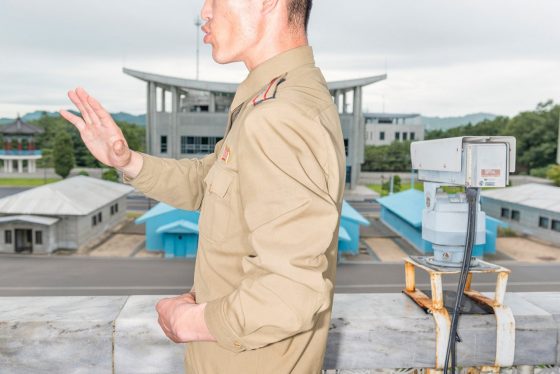
Max Pinckers, Belgium: ‘Red Ink’
In his work, Pinckers investigates to what extent photography can really depict reality. In his current project, ‘Red Ink’, shot under strict supervision in North Korea, he again literally plays with the perceptive powers of the observer. In his work, Max Pinckers explores a world between visual storytelling, documentary photography and naked aesthetics. He was already a finalist of the Leica Oskar Barnack Award in 2016.

Elsa Stubbé, Belgium: ‘Les extraterrestres ont mangé mon jardin’ (The aliens have eaten my garden)
Elsa Stubbé’s work inspires the imagination of the viewers and confronts them with new definitions of their own perception of the environment. Her current project, ‘Les extraterrestres ont mangé mon jardin’, shows surreal pictures from the world of nature that are full of a hidden poetry and redefine the borders between photography and conceptual art. Elsa Stubbé graduated from the Royal Academy of Fine Arts in Brussels with a master’s degree in publishing and has already produced three self-published books. Her work has been shown at exhibitions in Brussels, Marseilles and Liège.
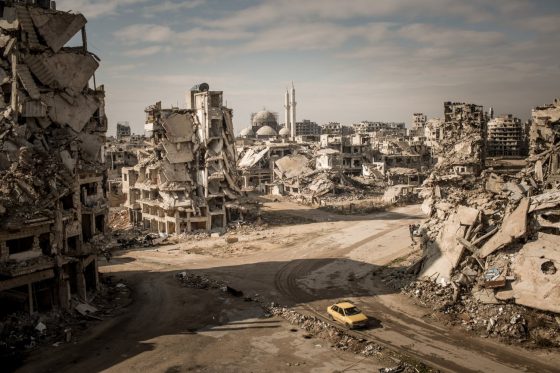
Christian Werner, Germany: ‘Road to Ruin’
Christian Werner’s reportage work tells stories of the hard realities of life in war zones. ‘Road to Ruin’ shows stops on a journey through Bashar al-Assad’s Syria after the re-taking of Aleppo. Christian Werner was born in Hanover, Germany in 1987 and studied photojournalism and documentary photography at the University of Applied Sciences in Hanover. His work has appeared in magazines including Spiegel, the Washington Post and LFI.
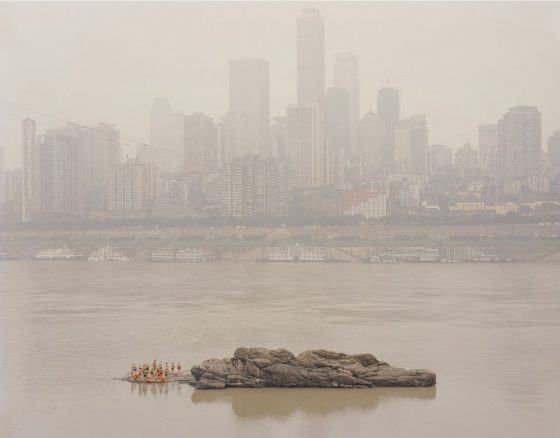
Kechun Zhang, China: ‘Between the Mountains and Water’
The preferred subject in Kechun Zhang’s work is the interaction of humanity with nature. With his series ‘Between the Mountains and Water’, he explores two natural phenomena that particularly affect the people in China. With his pictures, he creates documentary artefacts that seem to possess the ability to momentarily stop the racing pulse of our times. Kechun Zhang was born in Sichuan in 1980. After taking part in numerous international festivals of photography, Zhang’s work has since been seen in exhibitions in the USA, Canada and China. The photographer currently lives in the Chinese metropolis of Chengdu.
This year, the jury was again impressed by the large number of entrants and the high quality of the portfolios entered in the competition. ‘With every new year of the competition, it is remarkable to see how intensely and creatively the entrants fulfil the thematic requirements of the LOBA. We have consciously maintained the theme of ‘the relationship between people and their environment’ since the first request for entries to the LOBA competition in 1979. Today, this theme remains as valid as it was in the past – in fact, we could even say that it is now more important than ever before’, says Karin Rehn-Kaufmann, Art Director & Chief Representative Leica Galleries International.
In addition to Karin Rehn-Kaufmann, the members of this year’s LOBA jury were:
Mark Lubell, Executive Director ICP – International Center of Photography (USA)
Markus Hartmann, Hartmann Projects (Germany)
Terje Abusdal, Photographer & LOBA winner 2017 (Norway)
Christoph Wiesner, Artistic Director, Paris Photo (France)
The winners and finalists of the LOBA will be honoured in the course of a formal ceremony in Berlin on 10 October. The portfolios of all twelve finalists will then be on view from 10 to 31 October 2018 at a major exhibition in the ‘Neuen Schule für Fotografie’, Brunnenstrasse 188-190, 10119 Berlin. The LOBA Catalogue 2018, presenting the winners and finalists in detail with comprehensive portfolios and interview, will be published to accompany the exhibition.
With prizes amounting to a total cash value of around 80,000 euros, the LOBA is one of the segment’s most prestigious photographic competitions. The winner in the main category will be honoured with a cash prize of 25,000 euros and Leica M-System equipment (a camera and lens) valued at an additional 10,000 euros. The winner of the Newcomer Award will be honoured with a cash prize of 10,000 euros and will also be presented with a Leica rangefinder camera and lens. In addition to the two main categories, ten further submissions to the competition will each be honoured with prizes of 2,500 euros.














